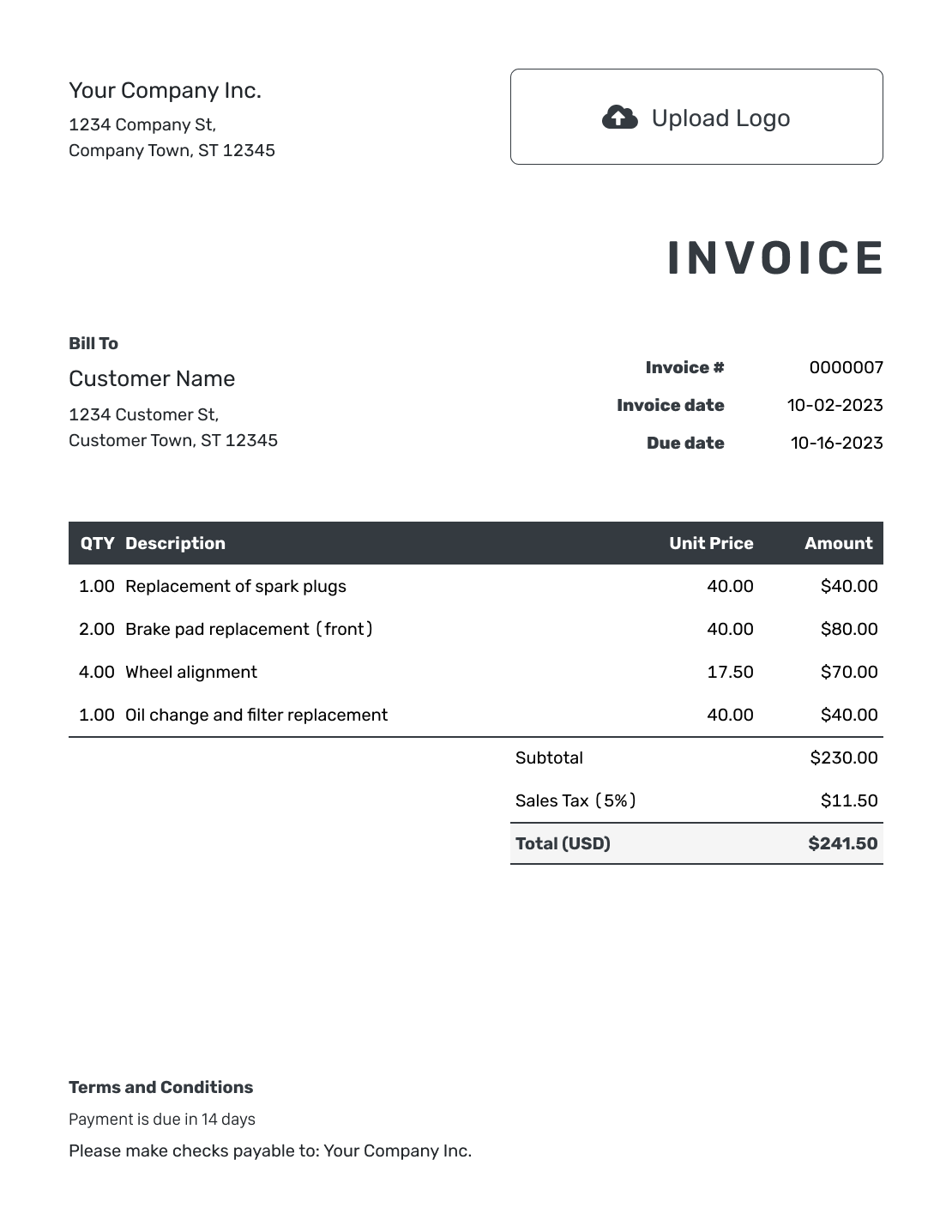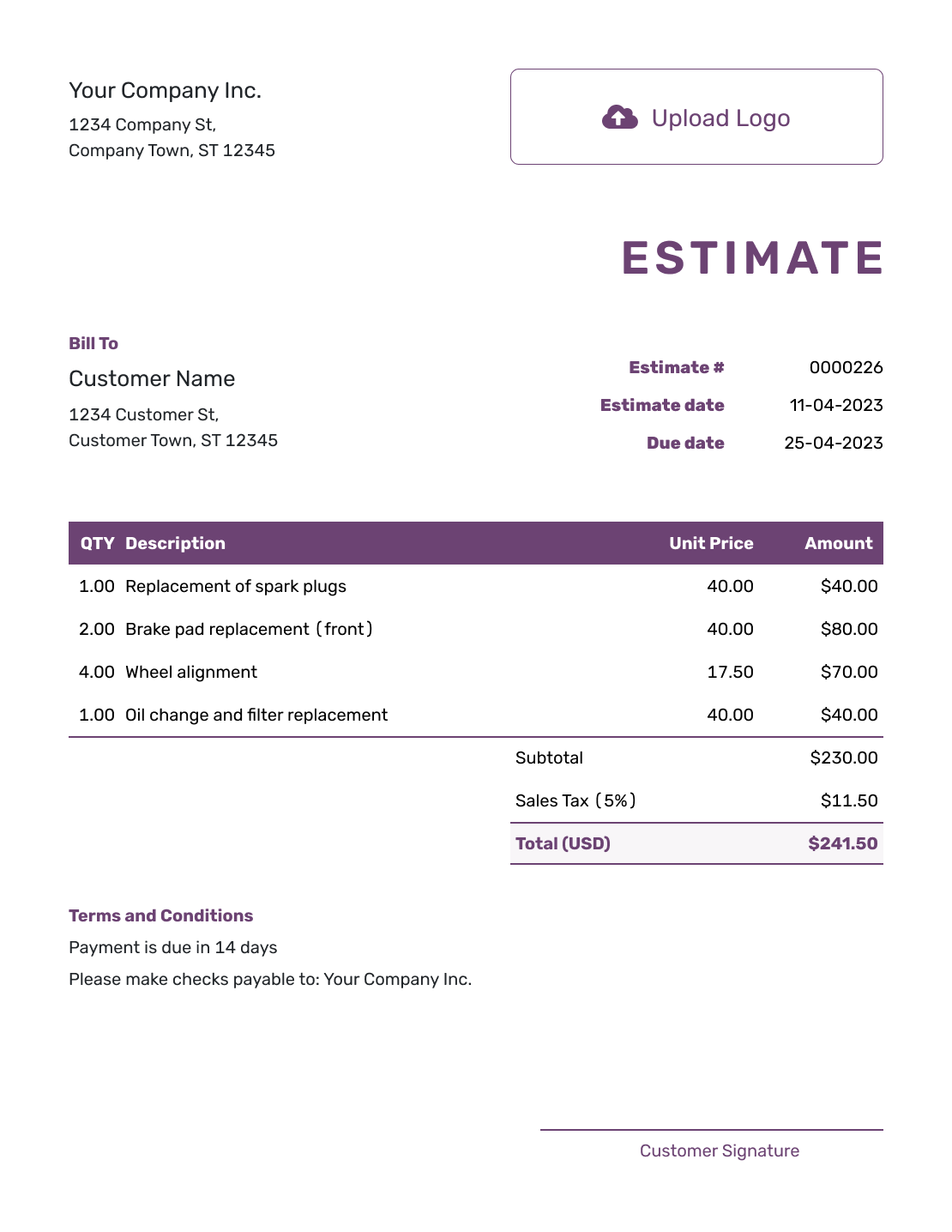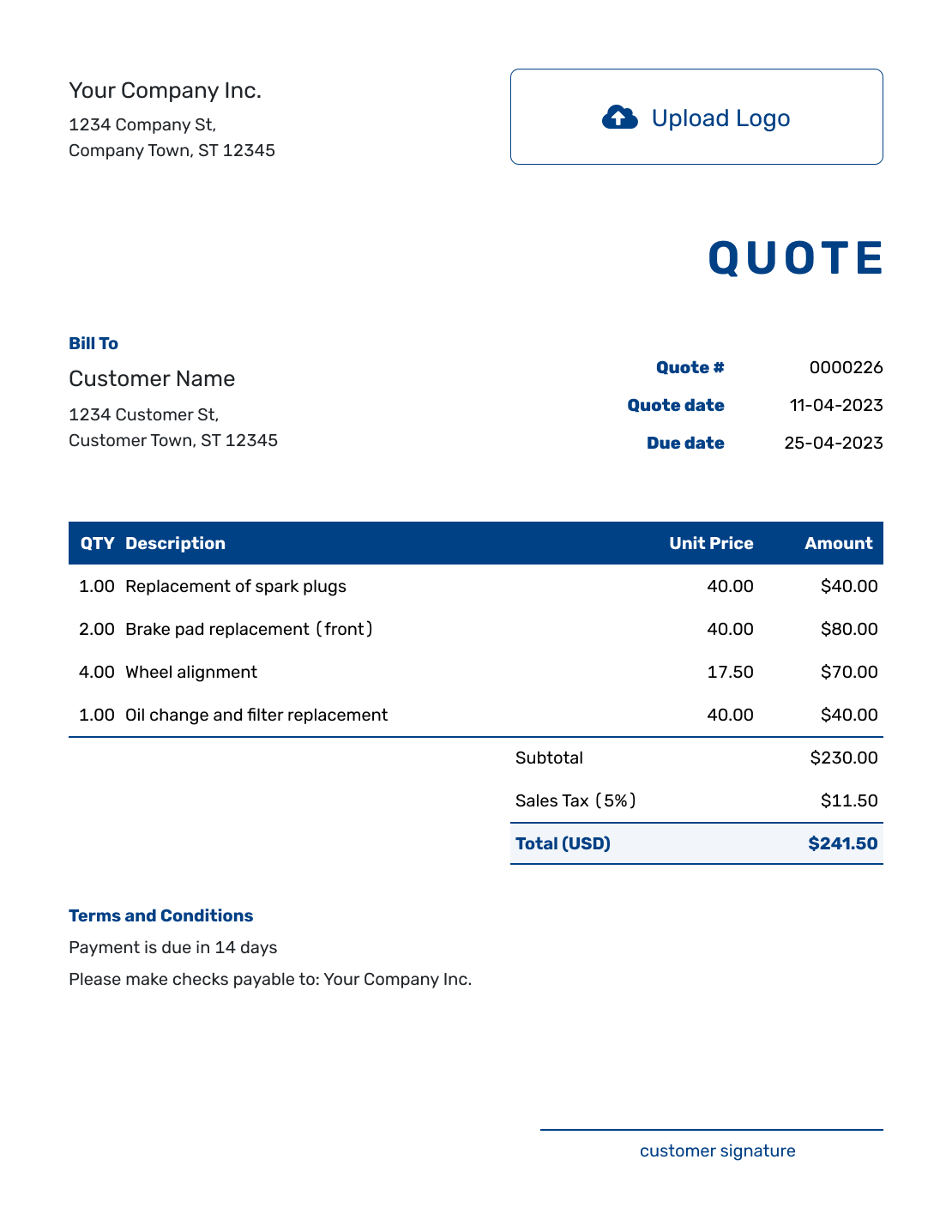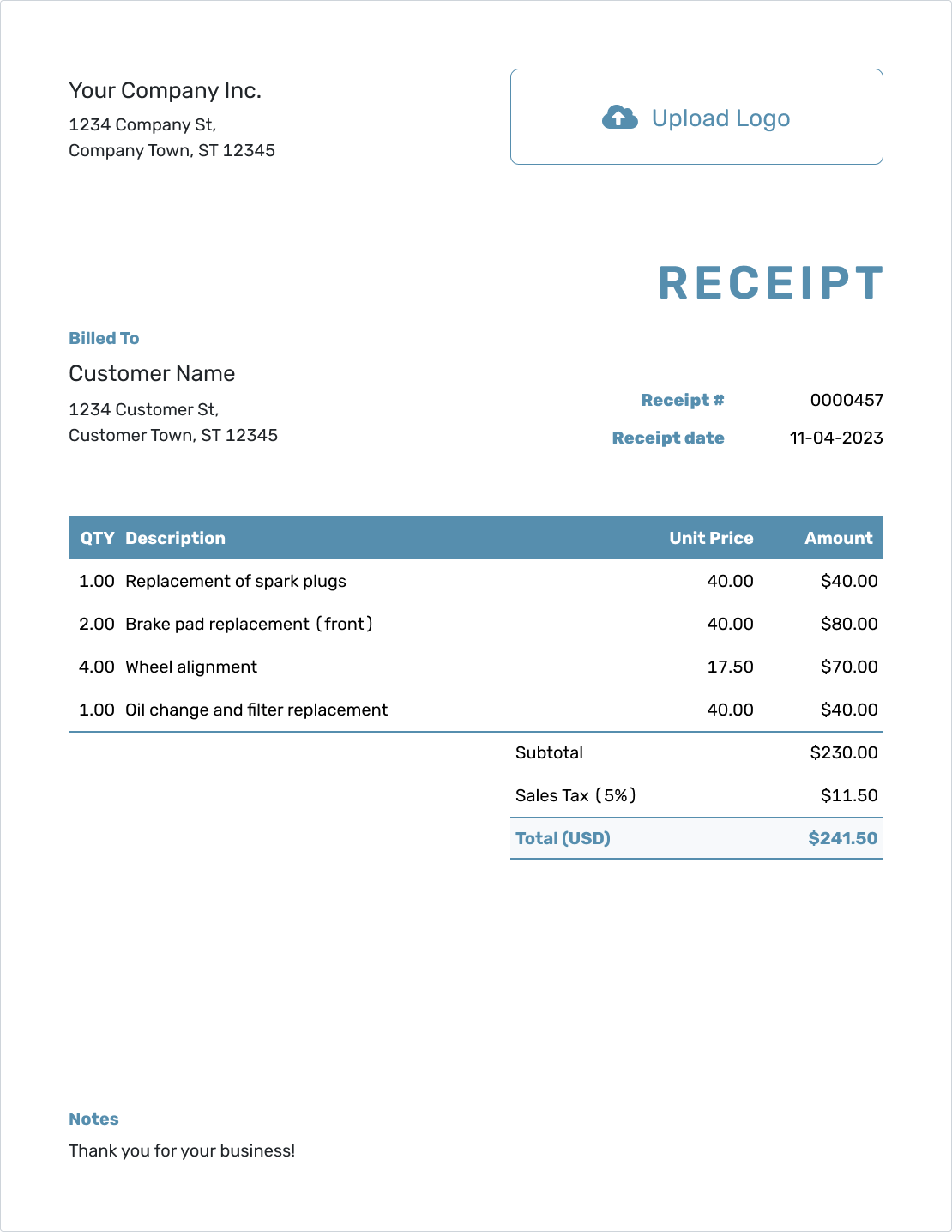Inventory Turnover Calculator
Est. reading time: 6 min
Inventory turnover is a measure of how many times a company sells and replaces its stock of goods during a particular period. It helps businesses understand how well they are managing their inventory.
Also try:
Table of Contents
- Word Definitions
- What is Inventory Turnover?
- How to Calculate Inventory Turnover
- Examples
- Frequently Asked Questions
- Further Reading
Word Definitions
-
Inventory:
The goods available for sale, held by a business. -
Turnover:
The rate at which inventory is sold and replaced in a given period. -
Cost of Goods Sold (COGS):
The direct costs attributable to the production of the goods sold by a company. This includes the cost of the materials and labor directly used to create the product. -
Average Inventory:
The mean value of inventory within a certain period, calculated by adding the inventory at the beginning and end of the period and dividing by two. This figure is used in calculating inventory turnover to provide a more accurate reflection of inventory levels throughout the period. -
Days in Inventory (DII):
The average number of days that a company holds onto inventory before selling it. Calculated as number of days in the period (365 if it's a year) divided by the inventory turnover ratio.
What is Inventory Turnover?
Inventory turnover indicates how efficiently a company manages its inventory. High turnover suggests good sales and proper stock levels, while low turnover might mean poor sales or excess inventory.
How to Calculate Inventory Turnover
The formula for inventory turnover is:
| Inventory Turnover = | Cost of Goods Sold |
| Average Inventory |
Where cost of goods sold (COGS) is the COGS during the period, and average inventory is the average of the inventory at the beginning and end of the period, calculated as:
| Average Inventory = | Beginning Inventory + Ending Inventory |
| 2 |
To calculate Days in Inventory you can divide the number of days in the period by the inventory turnover ratio:
| Days in Inventory = | Days |
| Inventory Turnover |
Examples
Let’s go through two examples to illustrate how to calculate inventory turnover and days in inventory:
Example 1: Retail Store
A retail store begins the year with an inventory of $20,000 and ends the year with $30,000. The cost of goods sold (COGS) for the year was $100,000.
First, calculate the average inventory:
| Average Inventory = | $20,000 + $30,000 |
| 2 |
Average Inventory = $25,000
Next, calculate the inventory turnover:
| Inventory Turnover = | $100,000 |
| $25,000 |
Inventory Turnover = 4
Finally, calculate the days in inventory:
| Days in Inventory = | 365 |
| 4 |
Days in Inventory = 91.25 days
Example 2: Manufacturer
A manufacturer begins the year with an inventory of $40,000 and ends the year with $60,000. Their cost of goods sold is $500,000.
Calculate the average inventory:
| Average Inventory = | $40,000 + $60,000 |
| 2 |
Average Inventory = $50,000
Then calculate the inventory turnover:
| Inventory Turnover = | $500,000 |
| $50,000 |
Inventory Turnover = 10
Lastly, calculate the days in inventory:
| Days in Inventory = | 365 |
| 10 |
Days in Inventory = 36.5 days
Frequently Asked Questions
-
What is considered a good inventory turnover?
A "good" inventory turnover ratio varies by industry. However, a higher ratio generally indicates more efficient inventory management, as it suggests that inventory is being sold and restocked frequently.
-
How often should inventory turnover be calculated?
Inventory turnover should be calculated regularly, typically at the end of each accounting period—monthly, quarterly, or annually. This helps maintain accurate inventory records and improve financial analysis and planning.
-
What are the impacts of low inventory turnover?
Low inventory turnover can indicate excess inventory, poor sales, or ineffective buying, which may tie up capital in unsold goods and increase storage costs. It can also lead to obsolete inventory and reduced cash flow.
-
What is the difference between inventory turnover ratio and days of inventory?
The inventory turnover ratio measures how many times inventory is sold and replaced over a period, while days of inventory (also known as days sales of inventory, DSI) measures the average number of days it takes to sell the inventory. A lower DSI indicates faster turnover.
-
How can a business improve its inventory turnover?
Improving inventory turnover can be achieved by optimizing inventory levels, improving demand forecasting, pricing strategies, marketing, and sales efforts. Additionally, clearing out old or slow-moving stock through promotions or discounts may also help.
-
What is Days in Inventory (DII)?
Days in Inventory (DII) measures the average number of days a company holds inventory before it is sold. This metric helps businesses assess the efficiency of their inventory management and sales processes.
-
How does a high Days in Inventory affect a company's financial health?
A high Days in Inventory often indicates that a company is holding onto stock for too long, which can tie up capital and increase storage costs. It may also signal weak sales or ineffective inventory management, potentially leading to cash flow issues.
-
What strategies can a business use to reduce Days in Inventory?
To reduce Days in Inventory, businesses can optimize their inventory levels through better demand forecasting and inventory management techniques. Streamlining the supply chain, improving sales strategies, and implementing just-in-time inventory systems are also effective approaches.
Further Reading
For more in-depth information on inventory management and optimization, consider the following resources:
- Investopedia: Understanding Inventory Turnover - This article provides a thorough explanation of inventory turnover, including factors that influence the ratio and how it can impact a business's financial health.
- CIPS: Steps to successful inventory management - Explore various inventory management techniques that can help improve turnover rates. This resource covers essential strategies and practices for effective inventory control.
- Harvard Business Review: The Elements of Good Judgment - Although not directly about inventory, this article offers insights into decision-making processes that can greatly improve how you manage inventory and make purchasing decisions.
- Shopify: Inventory Management - Everything You Need to Know (2024) - This guide explains how modern inventory management systems work and reviews the best practices for integrating technology to streamline inventory operations.
These resources provide valuable insights and guidance that can help both individuals and businesses better understand and manage inventory turnover, improving their operational efficiency and profitability.





